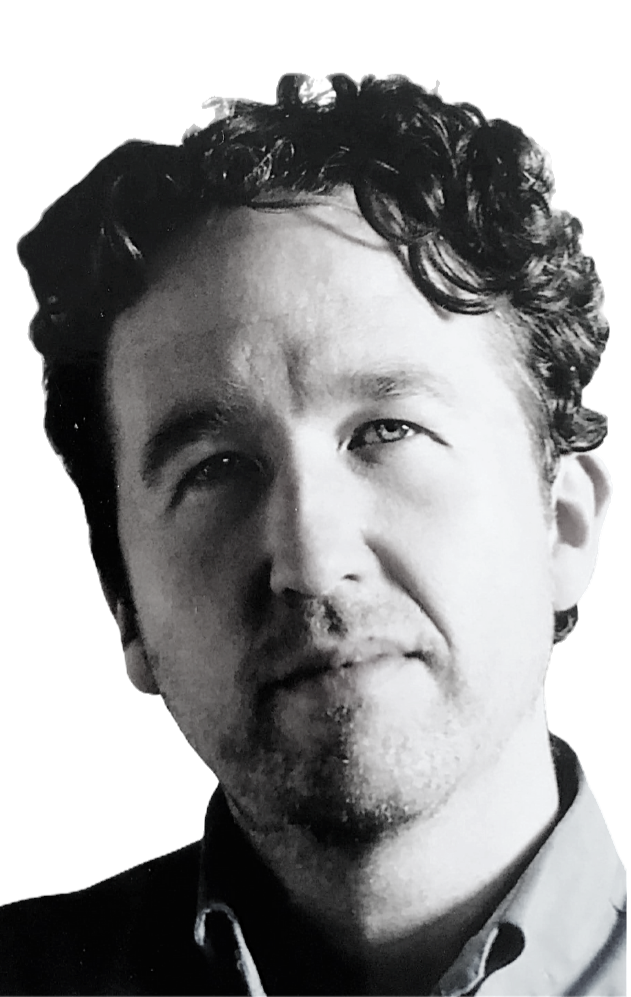Drawing as Second Nature
- Tom McPherson

- Oct 31
- 3 min read
Updated: Nov 19

When we start a drawing, it often feels awkward. The first lines can be uncertain. The hand and the eye don’t seem to agree on what they’re doing. The mind gets in the way, offering a stream of criticism and not much else. At this early stage, drawing feels like hard work, something to push through.
But then, sometimes, something changes. The hand, arm and eye begin to move with more easily. The pencil seems to know where to go. The critical voice quietens, and for a few minutes, you’re just drawing. The marks flow without effort.
This shift in focus is worth noticing. It’s what happens when drawing starts to become second nature. The process moves from being a task you must think about to something that feels natural, almost automatic.
It doesn’t happen suddenly. It builds slowly, through repetition and attention. The more time you spend drawing, the less you must think about how to hold the pencil, where to start, or what to do next. Those things start to happen on their own.
One reason for this change is that drawing trains you to see. Most of the time, we move through the world without really looking. We stop noticing the edges of things, the way light moves across a surface, or how one shape meets another. Drawing interrupts that. It makes you look again.
To draw an object is to spend time with it. You start to understand its shape, its weight, its angles. The sketchbook becomes a record of this kind of attention, not of finished pictures, but of small observations made over time. A quick, rough sketch can tell you more about what something really looks like than a polished copy that hides all the effort.
Over time, this kind of drawing builds a real confidence. You begin to trust the process. The connection between looking and mark making becomes faster, more direct. The process becomes smoother because it’s more familiar. You stop thinking about drawing as a performance and start to experience it as a kind of steady rhythm, seeing, marking, adjusting, seeing again.
At some point, the conscious effort fades. You stop planning every move, and your hand takes over. The marks come naturally. It’s not magic, just the result of hours of slow, careful work.
This is what it means for drawing to become second nature. It’s not about talent or inspiration, but about practice and attention. The more often you draw, the less you have to force it.
And when that happens, your idea of a “good” drawing changes. You stop worrying about perfect edges or smooth shading. You begin to appreciate the roughness and the small imperfections, the signs that the drawing is alive. A slightly uneven line or an unfinished area adds energy to the work. These details remind you that drawing is a process, not a product.
Art as second nature isn’t a rejection of discipline. It’s what discipline leads to. The repeated act of looking and drawing builds familiarity. You no longer have to think about how to start; you just begin.
Gradually, the habit of drawing changes the way you see everything. You find yourself noticing light, form, and pattern even when you’re not holding a pencil. The world becomes more interesting because you’re paying attention again.
Drawing stops being a separate activity. It becomes a quiet part of how you move through your day, something as ordinary and natural as breathing.
And when that happens, you realise that drawing isn’t only a skill to learn; it’s a way of being present in the world.
These ideas are based on my forthcoming book: The Habit of Drawing Fast and Slow. For more details, please visit www.circlelineartschool.com/the-habit-of-drawing.
Subscribe to Circle Line Notes for new posts by email.


